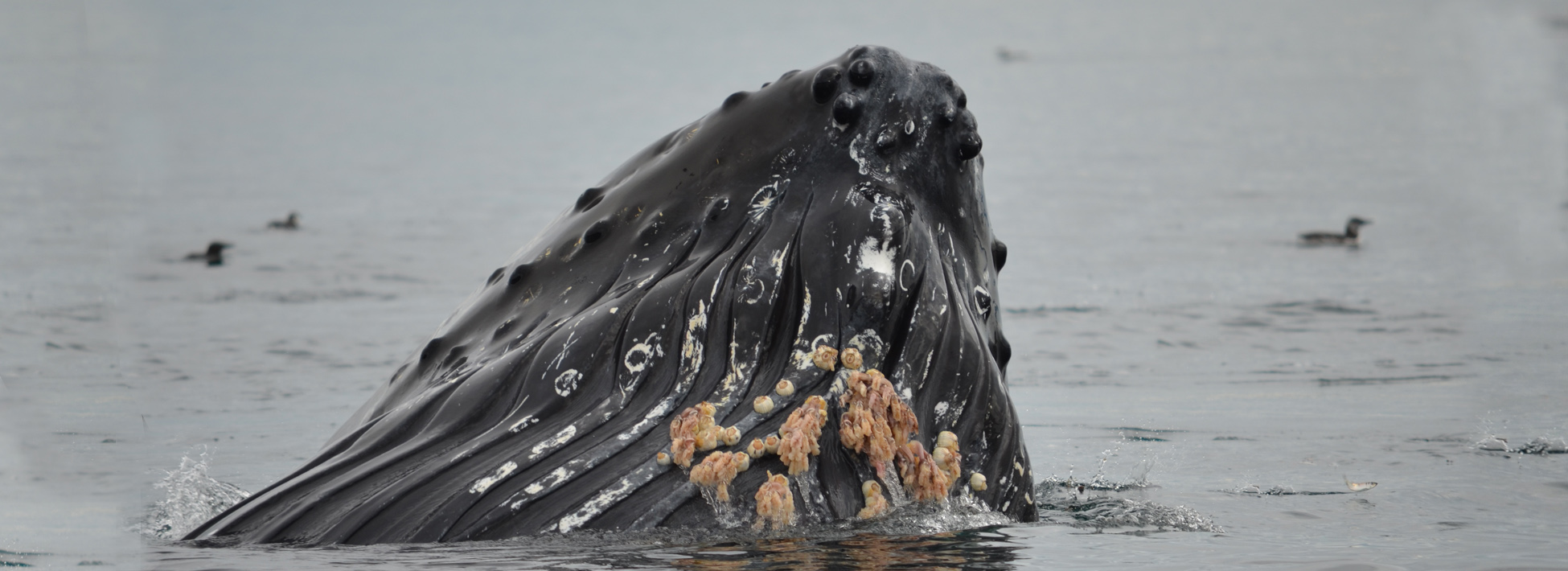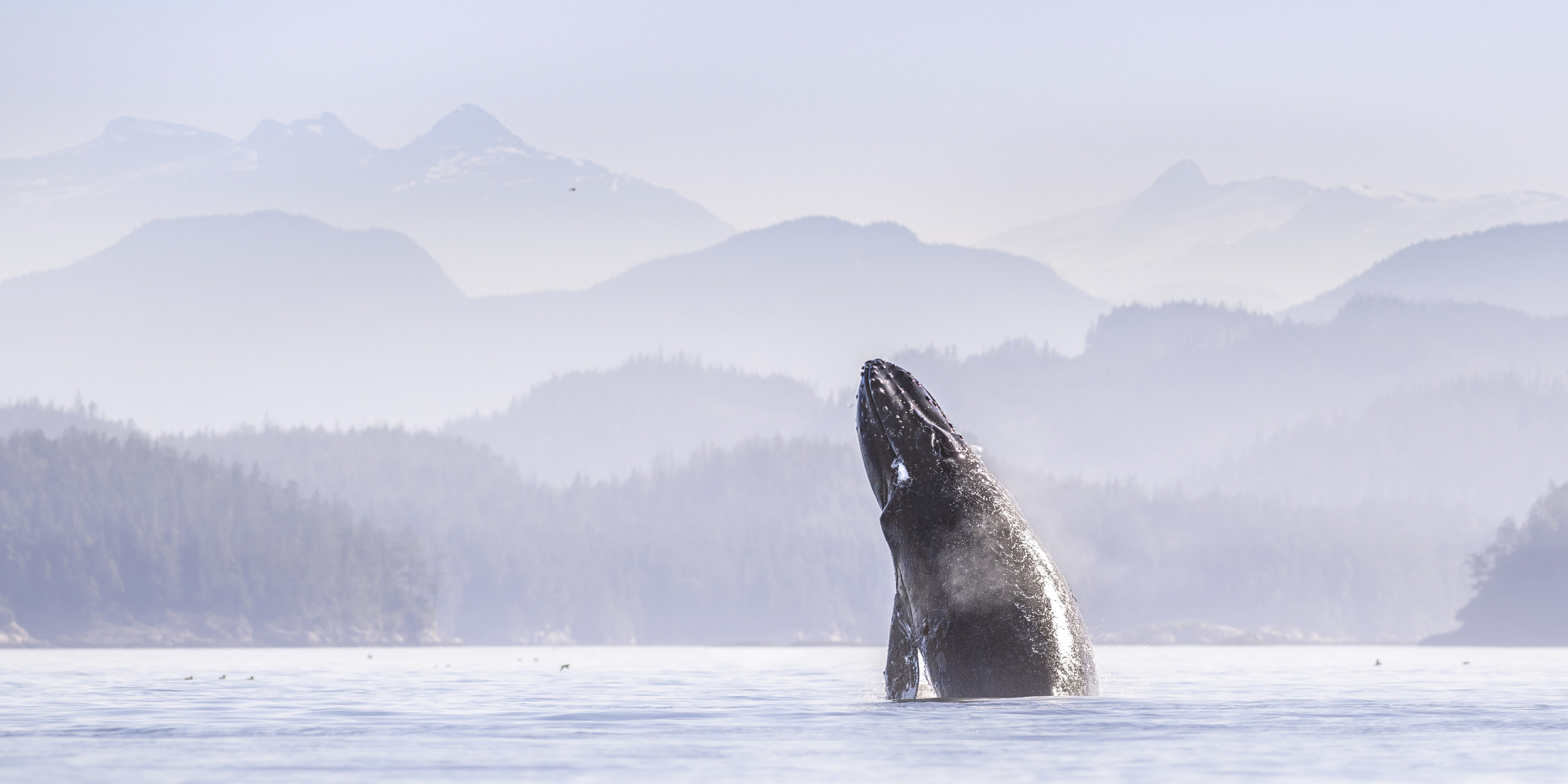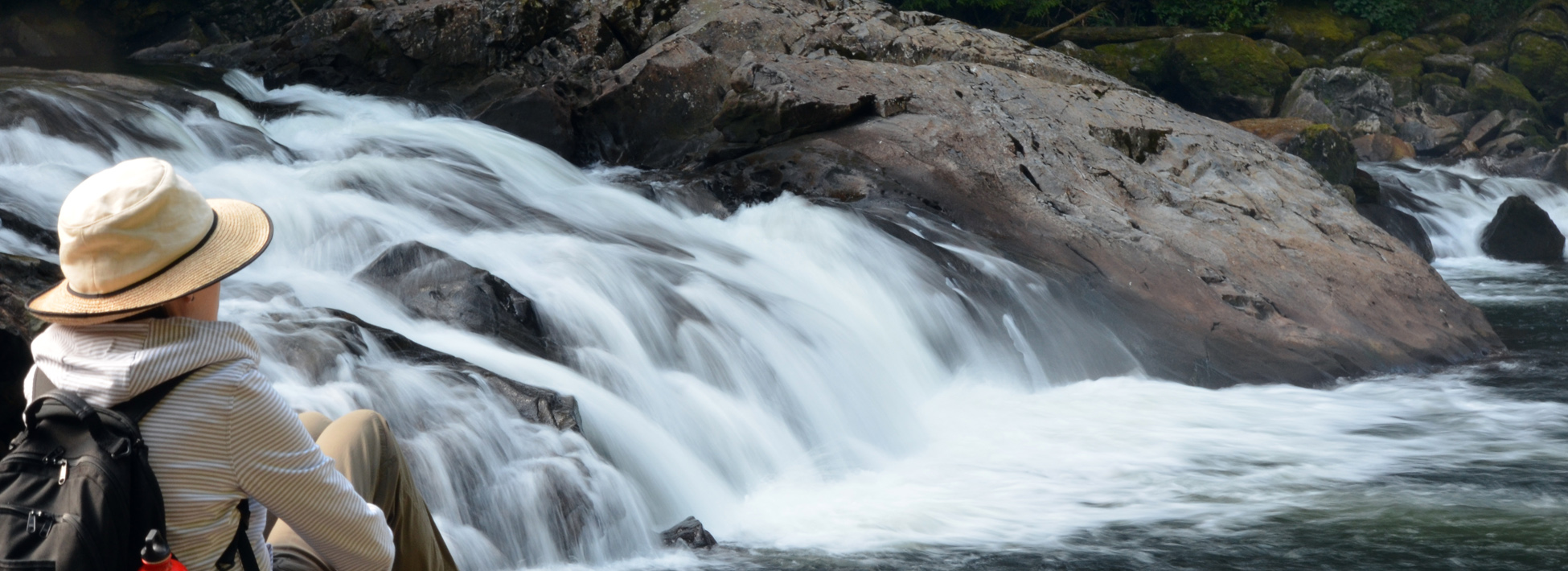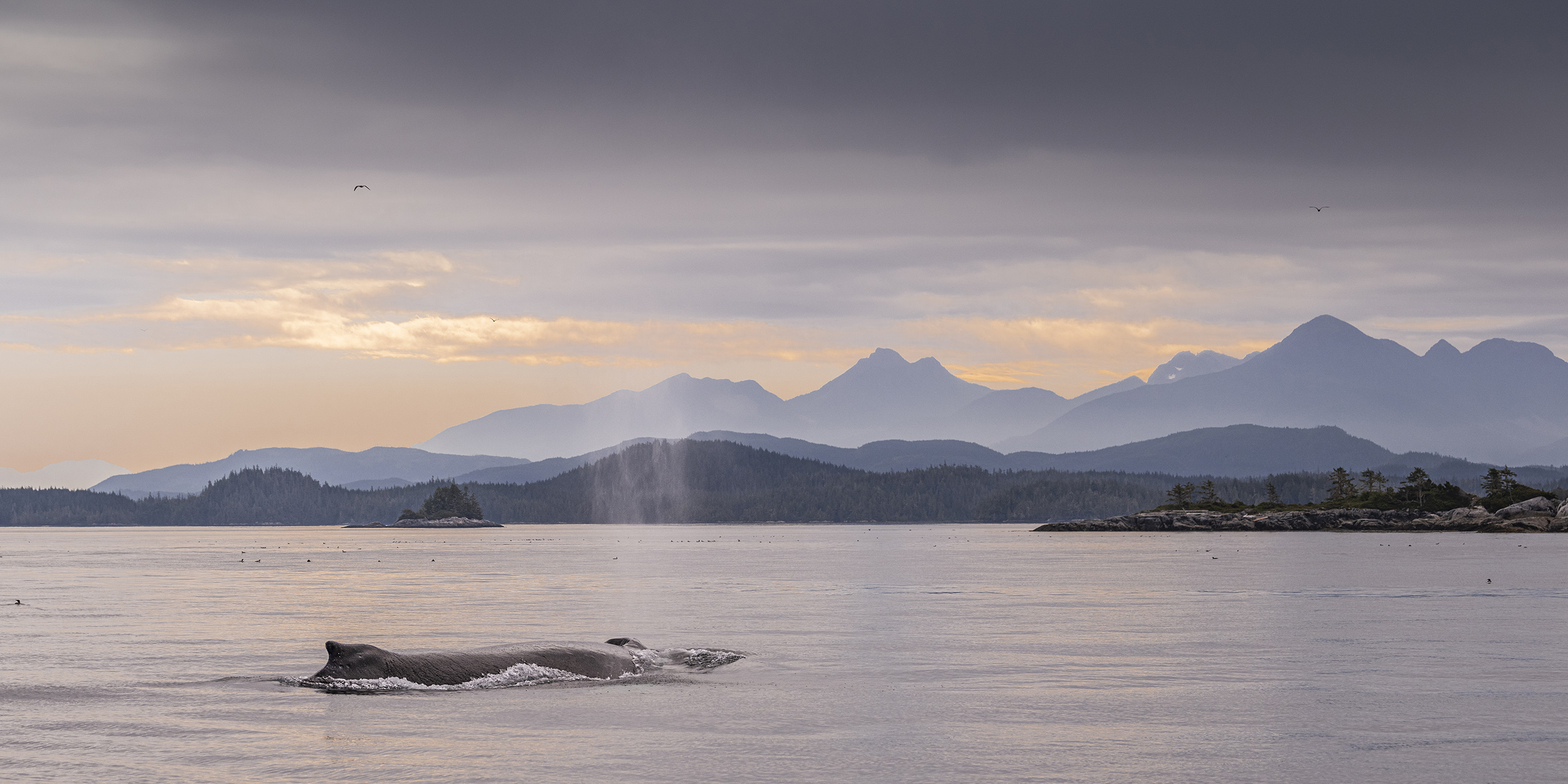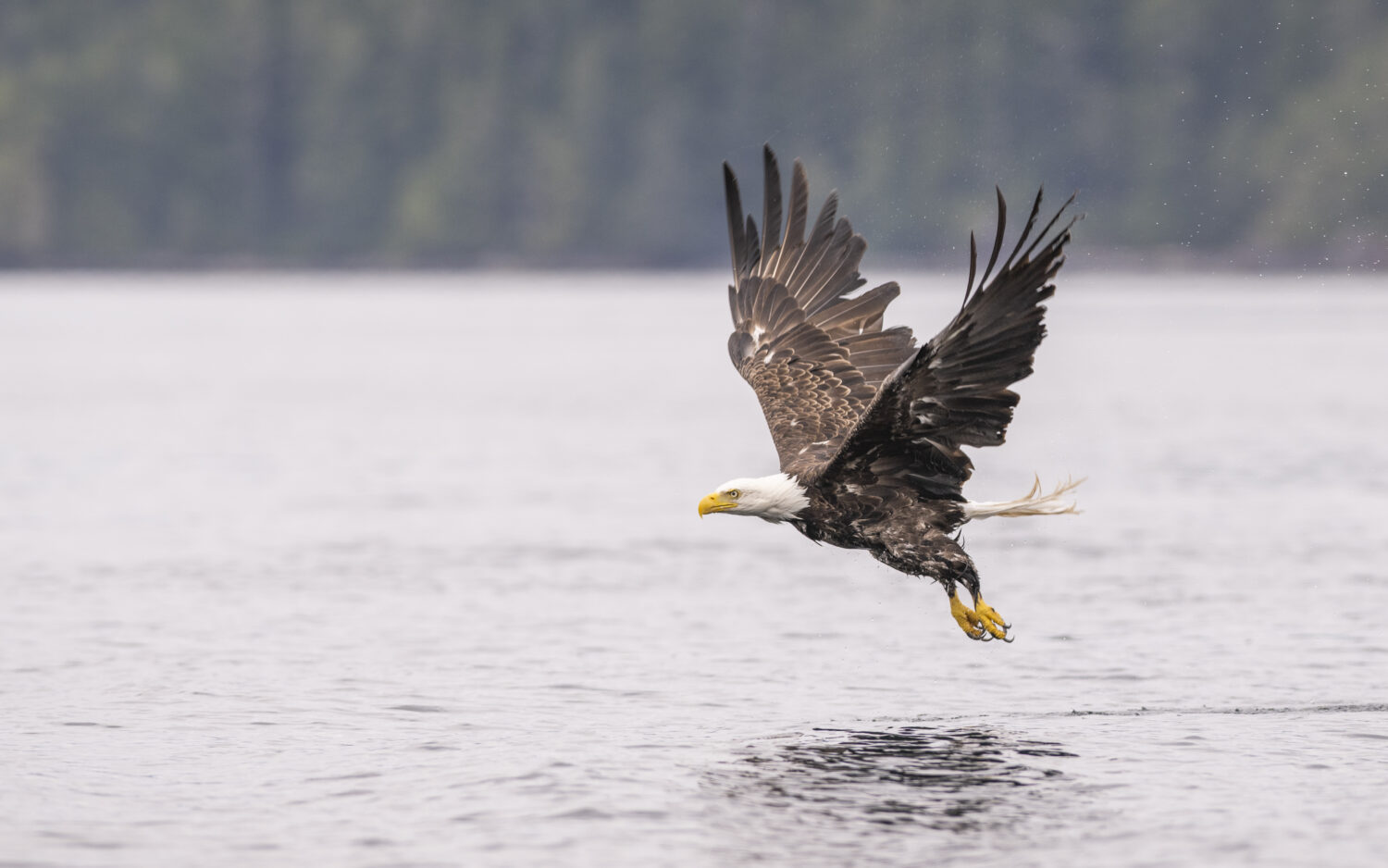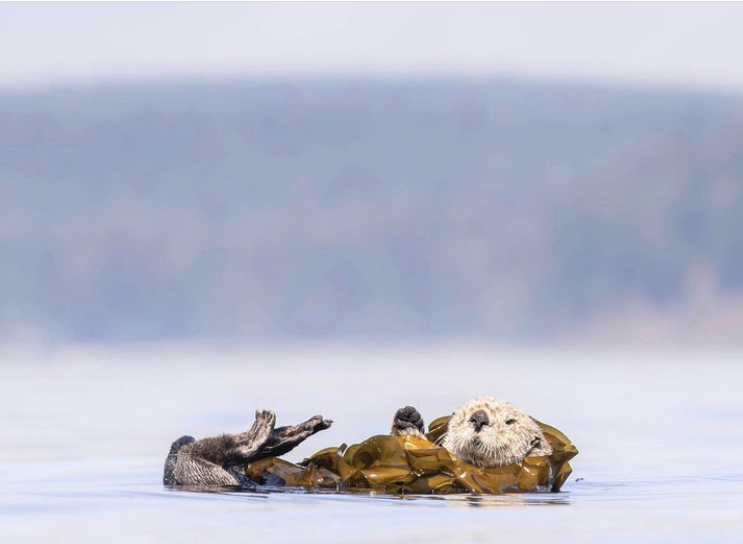
The last 3 years we have been starting to view sea otters in our area more regularly. They are still often a distance away, but the sightings are increasing with some “rafts” of them developing in areas near the western portion of our whale watching trips. These animals were hunted heavily for their fur and were completely wiped out of British Columbia waters. Re-introduction occurred from Alaskan otters in the 1960’s. They have long been protected and their numbers have been steadily increasing along the exposed BC coast and are now moving back into inside waters. They are unique in that they don’t have the insulating blubber that other marine mammals use to keep warm. As a result they have dense (over 1 million hairs per square inch) fur and feed heavily. They are important in balancing the eco-system. They eat a lot of sea urchins, which eat a lot of kelp. Kelp is extremely important as it provides cover for juvenile fish and is where the herring spawn in the early spring. With the increase in these otters we are seeing a greater abundance and healthier kelp forests.

